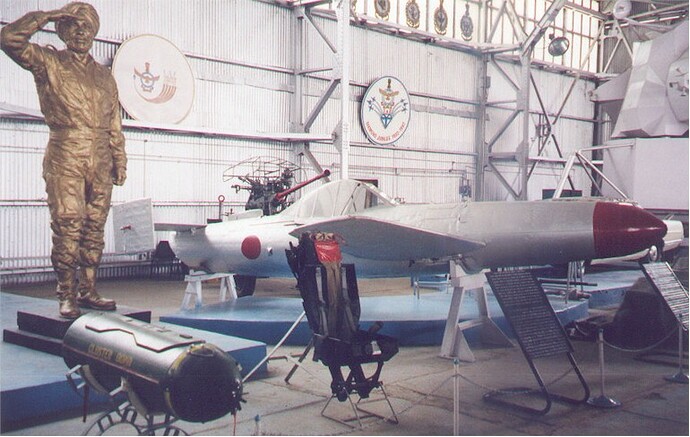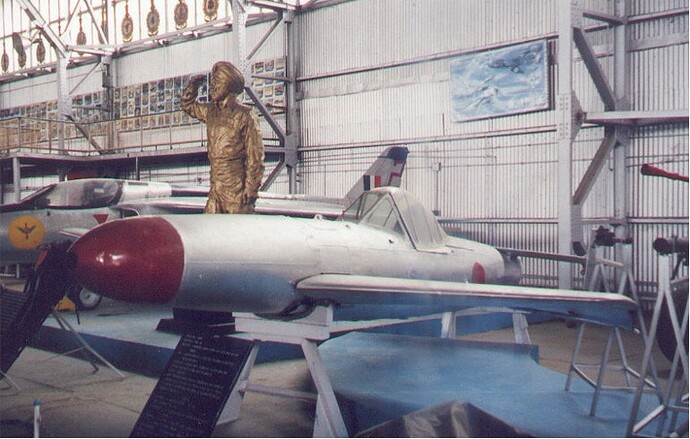[edit] Japanese versions
In 1943, an Argus pulse jet engine was shipped to Japan by German submarine. The Aeronautical Institute of Tokyo Imperial University and the Kawanishi Aircraft Company conducted a joint study of the feasibility of mounting a similar engine on a piloted plane. The resulting design was based on the Fieseler Fi-103 Reichenberg (Fi103R, a piloted V-1), and was named Baika (“ume blossom”).
Baika never left the design stage but technical drawings and notes suggest that two versions were under consideration: an air-launch version with the engine mounted under the fuselage, and a ground-launch version that could take off without a ramp.
Intelligence reports of the new “Baika” weapon are rumored to be the source of the name given to the Yokosuka MXY-7, a rocket-propelled suicide plane better known as the “Baka Bomb”. However, as baka means idiot in Japanese, and the MXY-7 was officially designated the “Ohka” (“Cherry Blossom”), the true origin is unknown. The MXY-7 was usually carried by the G4M2e version of the Mitsubishi G4M “Betty” naval bomber, then the pilot lit the solid-fuel rockets and guided his flying bomb into a ship. During the Boeing B-29 firebomb attacks on Japanese cities, the Baka was deployed against American bombers.
Another Japanese Fi 103 version was the Mizuno Shinryu, a proposed rocket-powered kamikaze aircraft design, but it was not built.





